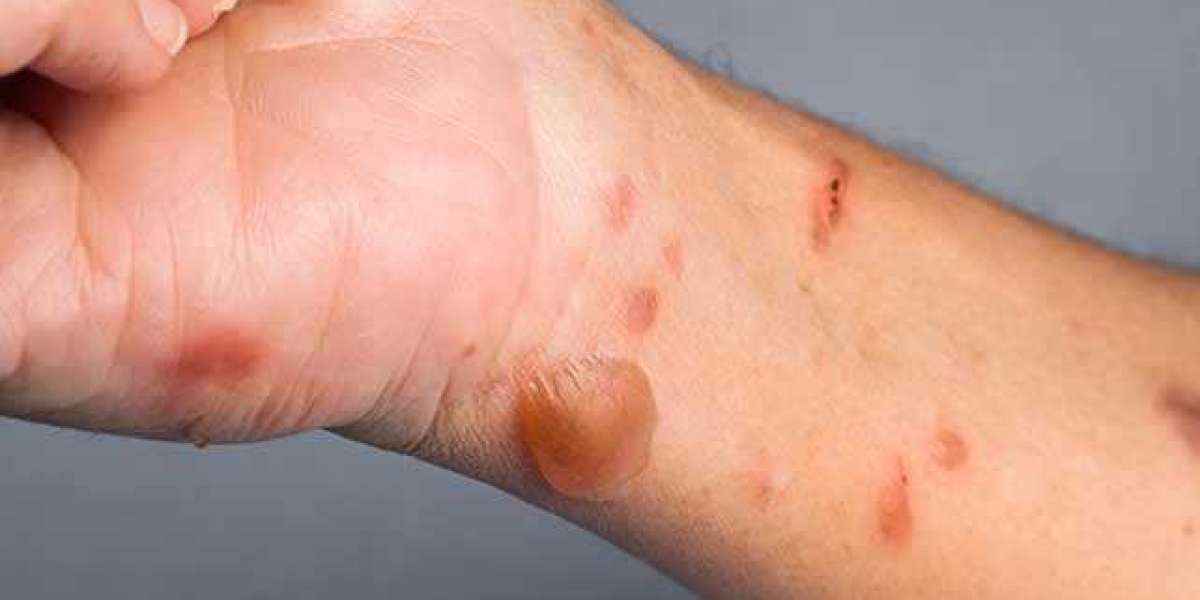Most burn injuries are caused by fires or flames, steam or hot liquids. You may also get burn wounds from electricity, chemicals, or touching hot objects. When evaluating burns, the doctor from family care near me often considers two factors: the depth of the burn and the size or surface area of the body or skin.
Urgent care Pacoima doctors diagnose the skin's surface area, which is often measured by percentage –total body surface area (% TBSA). The heat of the agent will determine the depth of the burn. The depth of the burn is also determined by how long the hot object or agent stays on the burnt area. The skin's thickness will also determine how deep the burn went. There are three levels of burn wounds or injuries. They include:
First-degree burns
First-degree burns are regarded as minor burns. They usually cause minor injuries to the skin. This kind of burn affects the top layer of the skin, called the epidermis.
If you have suffered a minor burn, your skin will turn red, tender, and swollen. An excellent example of a first-degree burn is a mild sunburn. This kind of burn may turn red and peel off. You can easily treat a first-degree burn at home.
Second-degree burns
Another name for second-degree burns is partial-thickness burns. These burns go through the second layer of the skin, known as the dermis. They are often quite painful and cause blisters and as they turn red. The injury site often heals within 1 to 3 weeks. Once a second-degree burn completely heals, the skin may discolor. Generally, this type of burns hardly leaves any raised scars. There are several treatment options for second-degree burns. You can use a special dressing of ointment to treat it. If a second-degree burn takes a long time to heal or if it went deeper into the skin, surgery may be necessary.
Third-degree burns
These kinds of burns are more severe than the other two types of burns. This kind of burn is also known as a full-thickness burn. This type of burn will penetrate both layers of skin and may also reach the underlying bones, muscles, and tendons. If a person has suffered a third-degree burn, his or her skin may turn black, gray, or white. Such a burn may feel dry and leathery.
The patient may not feel any pain. The burn has probably destroyed the nerve endings, usually found under the skin. There is a high risk of infection that may come from this kind of burn. Treatment for third-degree burns may involve skin grafting. This type of surgery is done to remove the injured skin and replace it with healthy skin from another area of the body.
Conclusion
If you have treatments from any kind of burn, it is a good idea to seek medical from skin specialists or dermatologists, no matter deep or shallow it is. First-degree burns are easily treated at home. However, when it comes to second and third-degree burns, the patient needs to seek medical treatment at the nearest hospital or emergency room. Without proper treatment, the wound may worsen and develop complications.









